
JOHN DILLINGER SLEPT HERE
A CROOKS TOUR OF CRIME AND CORRUPTION IN ST. PAUL, 19201936
PAUL MACCABEE
JOHN DILLINGER SLEPT HERE
A CROOKS TOUR OF CRIME AND CORRUPTION IN ST. PAUL, 19201936

Minnesota Historical Society Press
1995 by Paul Maccabee. All rights reserved. No part of this book may be used or reproduced in any manner whatsoever without written permission except in the case of brief quotations embodied in critical articles and reviews. For information, write to the Minnesota Historical Society Press, 345 Kellogg Blvd. W., St. Paul, MN 55102-1906.
www.mhspress.org
The Minnesota Historical Society Press is a member of the Association of American University Presses.
Manufactured in the United States of America
10 9 8 7 6 5 4
 The paper used in this publication meets the minimum requirements of the American National Standard for Information SciencesPermanence for Printed Library Materials, ANSI Z39.48-1984.
The paper used in this publication meets the minimum requirements of the American National Standard for Information SciencesPermanence for Printed Library Materials, ANSI Z39.48-1984.
International Standard Book Number
ISBN-13: 978-0-87351-316-6 (paper)
ISBN-10: 0-87351-316-9 (paper)
ISBN: 978-087351-946-5 (ebook)
Library of Congress Cataloging-in-Publication Data
Maccabee, Paul, 1955
John Dillinger Slept Here : a crooks tour of crime and corruption in St. Paul, 19201936 / Paul Maccabee.
p. cm.
Includes bibliographical references and index.
ISBN 0-87351-315-0 (alk. paper). ISBN 0-87351-316-9 (pbk. : alk. paper)
1. CrimeMinnesotaSt. PaulHistory20th century.
2. CriminalsMinnesotaSt. PaulHistory20th century.
3. CriminalsHomes and hauntsMinnesotaSt. Paul.
4. St. Paul (Minn.)Description and travel.
I. Title
HV6795.S24M33 1995
364.10977658109042dc20
95-5236
Cover: The revolver used by policeman Henry Cummings to wound John Dillinger in a March 1934 shootout (also, title page ); the Lincoln Court Apartments, St. Paul; Dillinger FBI photograph and wanted poster.
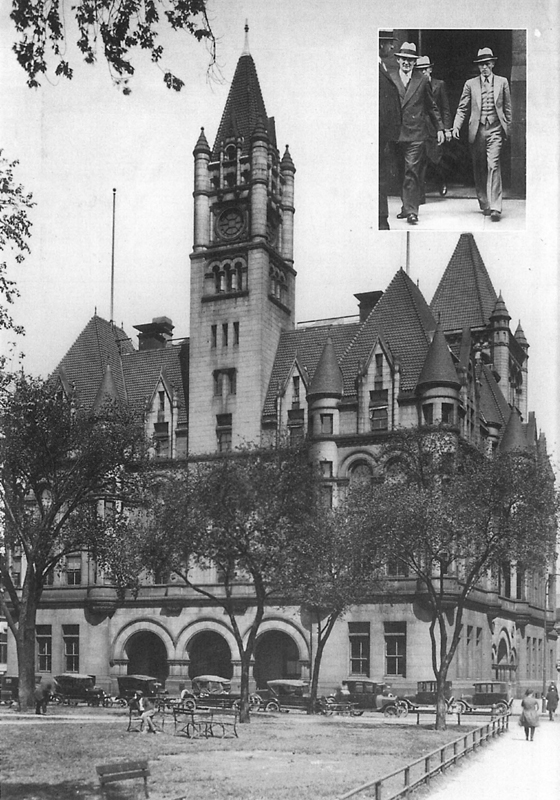
St. Pauls old Federal Courts Building, site of the 1935-36 trials of Dillinger and Barker-Karpis gang members; (inset) conspirators Elmer Farmer and Volney Davis leaving building after sentencing
PREFACE
Of all the Midwest cities, the one that I knew best was St. Paul, and it was a crooks haven, boasted Alvin Creepy Karpis, the kidnapper and bank robber whom J. Edgar Hoover anointed Public Enemy Number One. Every criminal of any importance in the 1930s made his home at one time or another in St. Paul. If you were looking for a guy you hadnt seen for a few months, you usually thought of two placesprison or St. Paul. If he wasnt locked up in one, he was probably hanging out in the other.
Visitors to Minneapolis and St. Paul today see few traces of the years when Karpis, John Dillinger, Ma Barker and her sons Fred and Doc, Lester Babyface Nelson Gillis, and George Machine Gun Kelly Barnes found refuge in this underworld haven. Instead, travel guides direct tourists to the homes of novelist F. Scott Fitzgerald and railroad magnate James J. Hill. No bronze plaque marks the St. Paul apartment building from which Dillinger machine-gunned his way out of an FBI trap in March 1934. Nor are there any signs identifying the West St. Paul home that served as a hideout for Ma Barker in April 1932. Until now, the locations of dozens of other 1930s gambling dens, Prohibition speakeasies, brothels, Murder Inc. assassination sites, and Dillinger gang safe houses have been known only to a few retired FBI agents and police detectives.
This gangland guide, based on nearly 100,000 pages of FBI files, retraces the steps of those underworld figures and explores the political and social environment that allowed the criminals to flourish in Americas Saintliest City. The crooks tour begins in 1928, with the slaying of Irish syndicate chieftain Dapper Dan Hogan, the supervisor of St. Paul police chief John OConnors layover agreement. The agreement guaranteed safe harbor in St. Paul for the nations bank robbers, stickup artists, kidnappers, extortionists, and killerswith the understanding that they would not commit crimes within the city limits. The tour follows the fuse of civic corruption, lit by the flow of Prohibition bribes. It documents the burgeoning power of gangsters in the 1930s, as St. Paul was transformed into a market for criminal services: the laundering of stolen bank loot and the open sale of getaway vehicles, automatic weapons, and corrupt police officials.
The tour proceeds to the arrival of the Keating-Holden gang, a group as devoted to golf as to bank robbery; the intersecting careers of outlaws Frank Jelly Nash and Verne Miller as they collided with bloody consequences in the Kansas City Massacre; the crime waves of the Dillinger and Barker-Karpis gangs, climaxing with the kidnappings of two prominent St. Paul citizens, William Hamm Jr. and Edward Bremer; and the 1935 and 1936 trials of the surviving gangsters in St. Paul federal court.
To J. Edgar Hoovers disgust, many law-abiding Minnesotans relished the wicked glamour of dancing and dining at the nightclubsthe Hollyhocks, the Boulevards of Parispatronized by these public enemies. The Great Depression and less-than-great journalists contributed to the perception of sociopathic killers such as Babyface Nelson as outlaw legends. Widespread contempt for Prohibition laws had elevated local bootleggers, among them Benny Haskell of Minneapolis and Leon Gleckman of St. Paul, to the status of illicit entrepreneurs. Anger over banks foreclosing on loans led many people to view the bank robbers flooding St. Paul as machine gun-toting Robin Hoods.
The papers say he was bad, Dillingers sister Audrey Hancock told a reporter in 1934, echoing popular sentiment. No doubt he was. I dont believe in killin people, but about robbin banks, well, I dont think Johnny was any worse than the bankers. The bankers robbed people, too, didnt they?
Adding to the publics confusion was the selective history of J. Edgar Hoovers public relations machine. His FBI ensured that accounts of the Twin Cities underworld remained a cobweb of Hoover-authorized fantasy hung over a skeleton of fact. Hoover, named in 1924 to reorganize and clean up a corrupt Bureau of Investigation in the Department of Justice, built his name and his bureaus image on the capture of flamboyant but relatively petty midwestern gangsters like John Dillinger. That reputation had important consequences: a trusting public believed Hoover when he denied the existence of a national crime syndicatethe Mafia.
History is always best written generations after the event, suggested journalist and historian Theodore H. White, when clouded fact and memory have all fused into what can be accepted as truth, whether it be so or not. The absolute truth about the activities of the Barker-Karpis and Dillinger gangs is unknowable because the participants are dead. To construct the most accurate account of the gangster days possible, I began eleven years of research for this book with a review of thousands of pages of FBI files, obtained under the federal Freedom of Information Act (FOIA).
Next page
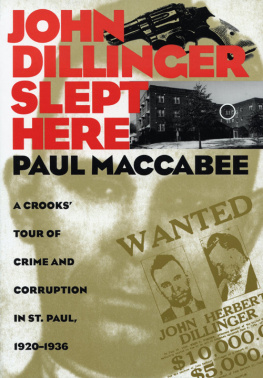
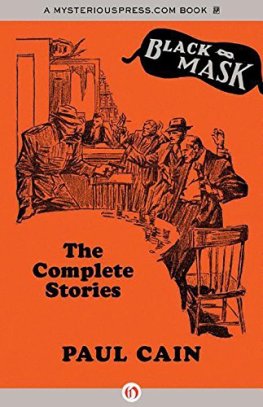
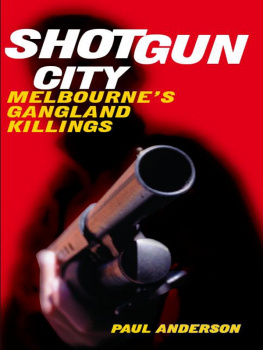

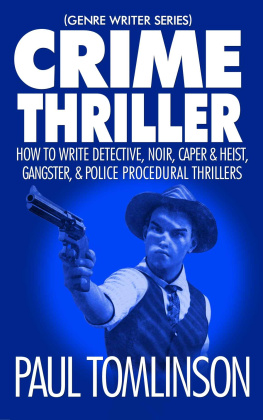
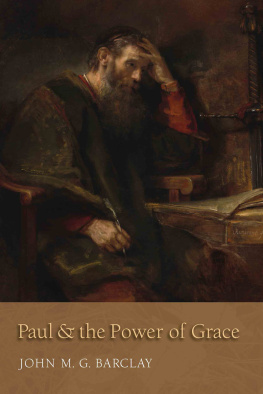
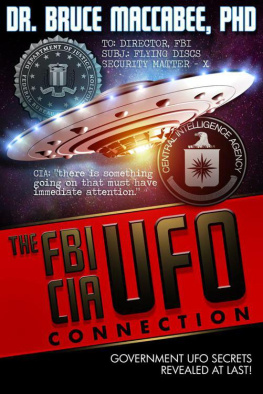
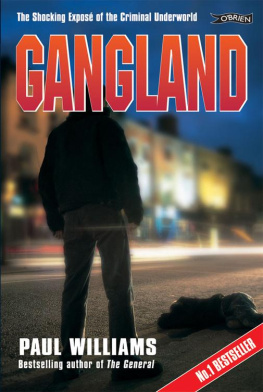
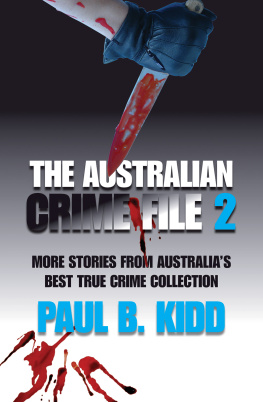
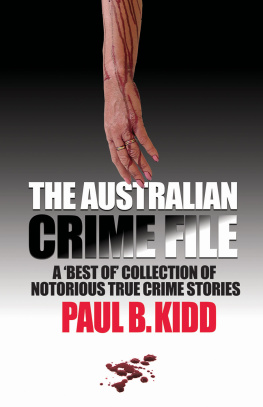
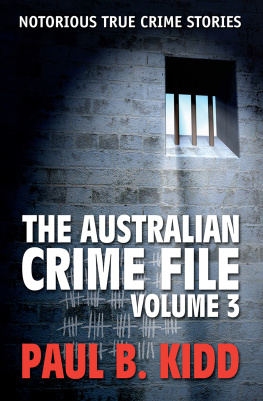
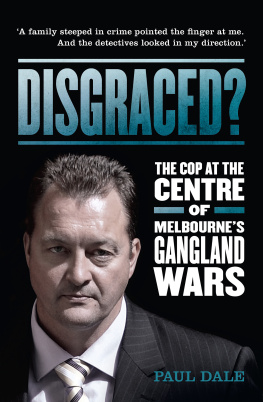
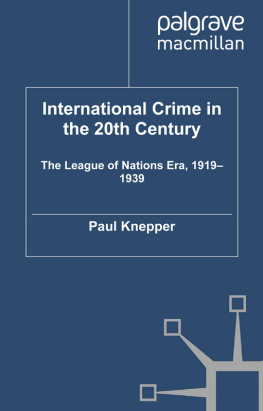


 The paper used in this publication meets the minimum requirements of the American National Standard for Information SciencesPermanence for Printed Library Materials, ANSI Z39.48-1984.
The paper used in this publication meets the minimum requirements of the American National Standard for Information SciencesPermanence for Printed Library Materials, ANSI Z39.48-1984.